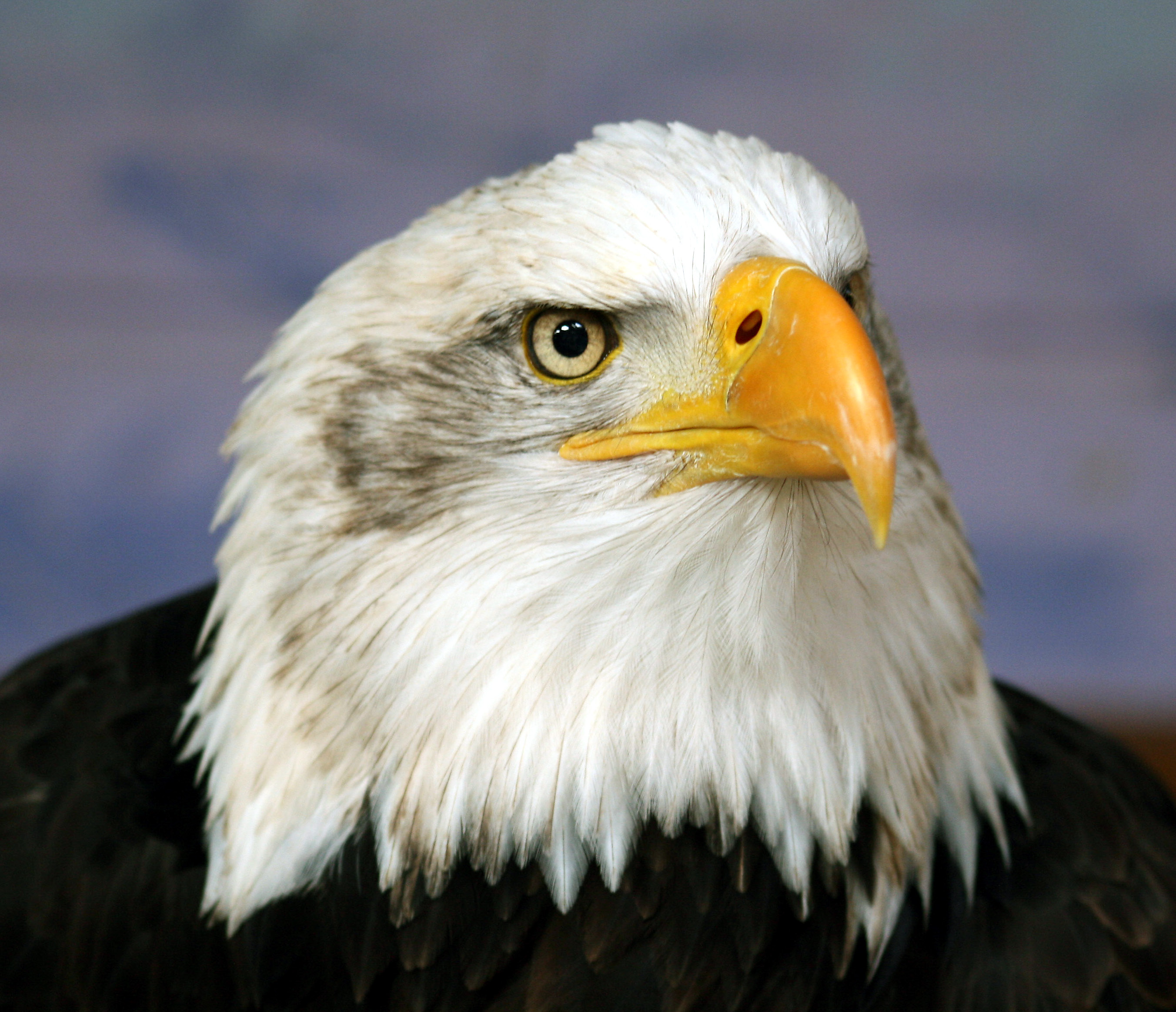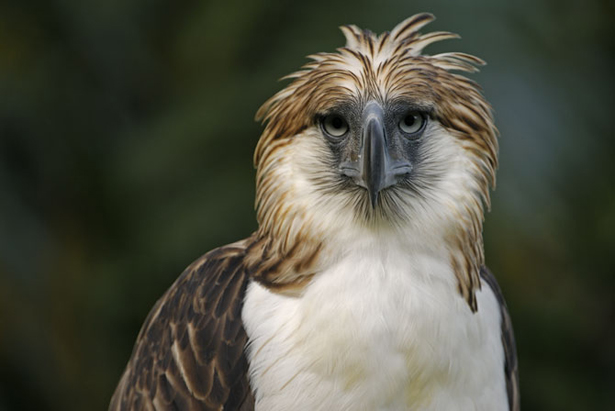Extinct Eagles
Haast's Eagle
 Haast's Eagle , ( Harpagornis moorei ), was a species of massive eagles that once lived on the South Island of New Zealand . The species is the largest eagle known to have existed and sometimes is known as the Giant Eagle . Its prey consisted mainly of gigantic flightless birds that were unable to defend themselves from the striking force and speed of these eagles, which at times reached 80 km/h (50 mph). The Haast's Eagle became extinct about 1400 CE , when its major food sources, the moas , were hunted to extinction by humans living on the island and much of its dense-forest habitat was cleared.
Haast's Eagle , ( Harpagornis moorei ), was a species of massive eagles that once lived on the South Island of New Zealand . The species is the largest eagle known to have existed and sometimes is known as the Giant Eagle . Its prey consisted mainly of gigantic flightless birds that were unable to defend themselves from the striking force and speed of these eagles, which at times reached 80 km/h (50 mph). The Haast's Eagle became extinct about 1400 CE , when its major food sources, the moas , were hunted to extinction by humans living on the island and much of its dense-forest habitat was cleared.
Endangered Eagles
Bald Eagle
The Bald Eagle ( Haliaeetus leucocephalus ) is a bird of prey found in North America . It is the national bird and symbol of the United States of America . This sea eagle has two known sub-species and forms a species pair with the White-tailed Eagle . Its range includes most of Canada and Alaska , all of the contiguous United States , and northern Mexico . It is found near large bodies of open water with an abundant food supply and old-growth trees for nesting.
The Bald Eagle is a large bird, with a body length of 70–102 centimeters (28–40 in), a wingspan of up to 2.44 m (96  in), and a mass of 2.5–7 kilograms (5.5–15 lb); females are about 25 percent larger than males.The adult Bald Eagle has a brown body with a white head and tail, bright yellow irides , and golden taloned feet and hooked beak ; juveniles are completely brown except for the yellow feet. Males and females are identical in plumage coloration. Its diet consists mainly of fish , but it is an opportunistic feeder. It hunts fish by swooping down and snatching the fish out of the water with its talons. It is sexually mature at four years or five years of age. In the wild, Bald Eagles can live up to thirty years, and often survive longer in captivity.The Bald Eagle builds the largest nest of any North American bird, up to 4 meters (13 ft) deep, 2.5 meters (8.2 ft) wide, and one metric ton (1.1 tons ) in weight.
in), and a mass of 2.5–7 kilograms (5.5–15 lb); females are about 25 percent larger than males.The adult Bald Eagle has a brown body with a white head and tail, bright yellow irides , and golden taloned feet and hooked beak ; juveniles are completely brown except for the yellow feet. Males and females are identical in plumage coloration. Its diet consists mainly of fish , but it is an opportunistic feeder. It hunts fish by swooping down and snatching the fish out of the water with its talons. It is sexually mature at four years or five years of age. In the wild, Bald Eagles can live up to thirty years, and often survive longer in captivity.The Bald Eagle builds the largest nest of any North American bird, up to 4 meters (13 ft) deep, 2.5 meters (8.2 ft) wide, and one metric ton (1.1 tons ) in weight.
The species was on the brink of extirpation in the continental United States (while flourishing in much of Alaska and Canada) late in the 20th century, but now has a stable population and has been officially removed from the U.S. federal government's list of endangered species . The Bald Eagle was officially reclassified from "Endangered" to " Threatened " on July 12, 1995 by the United States Fish and Wildlife Service . On July 6, 1999, a proposal was initiated "To Remove the Bald Eagle in the Lower 48 States From the List of Endangered and Threatened Wildlife." It was de-listed on June 28, 2007.
Philippine Eagle
The Philippine Eagle , Pithecophaga jefferyi , also known as the great Philippine eagle or monkey-eating eagle , is  among the tallest, rarest, largest, and most powerful birds in the world. A bird of prey belonging to the family Accipitridae , it is also known as " Haribon " or " Haring Ibon ," which means "Bird King". Its local name is banog .
among the tallest, rarest, largest, and most powerful birds in the world. A bird of prey belonging to the family Accipitridae , it is also known as " Haribon " or " Haring Ibon ," which means "Bird King". Its local name is banog .
The 2008 IUCN Red List listed this species as critically endangered .The International Union for the Conservation of Nature believes that between 180 and 500 Philippine Eagles survive in the Philippines.They are threatened primarily by deforestation through logging and expanding agriculture. Old growth forest is being lost at a high rate, and most of the eagle's forest in the lowlands is owned by logging companies.Mining, pollution, exposure to pesticides that affect breeding, and poaching are also major threats. Additionally, they are occasionally caught in traps laid by local people for deer. Though this is no longer a major problem, the eagle's numbers were also reduced by being captured for zoos.
Madagascar Serpent Eagle
The Madagascar Serpent-eagle is a medium-sized raptor with a long rounded tail and short rounded wings.It is dark grey on its back and a lighter grey on its belly, breast, and throat.Dark barring covers the bird's body. It has yellow eyes and a sharp, hooked beak with strong talons . 

